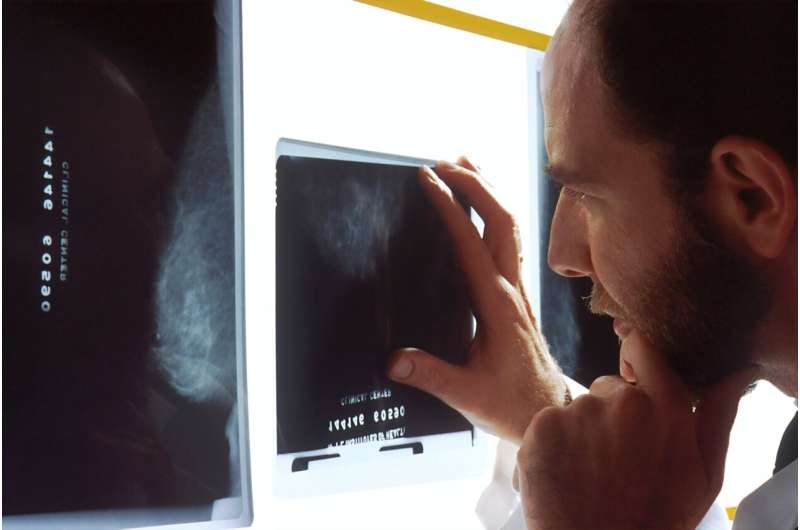AI-Driven Handwriting Analysis as a Breakthrough in Early Dyslexia Detection

Innovative AI-powered handwriting analysis offers a new pathway for early detection of dyslexia and dysgraphia, paving the way for more accessible and efficient screening methods for children.
A recent study led by the University at Buffalo introduces a promising new approach to early identification of dyslexia and dysgraphia through artificial intelligence (AI) analysis of children's handwriting. Published in SN Computer Science, this research aims to supplement traditional screening methods, which, despite their effectiveness, often face limitations such as high costs, lengthy procedures, and narrow diagnostic focus.
The innovative framework leverages AI technologies previously employed in postal sorting and other applications to analyze handwriting samples. By examining aspects like letter size, spacing, writing speed, pressure, and organization, this approach seeks to identify early signs of neurodevelopmental disorders that could otherwise be challenging to detect.
The initiative addresses critical gaps, such as the shortage of skilled speech-language pathologists and occupational therapists, who play essential roles in diagnosing these conditions. As early diagnosis is vital for timely intervention and better developmental outcomes, the team emphasizes making screening tools more accessible, especially in underserved populations.
To build effective AI models, researchers collaborated with educators, therapists, and a specialized checklist developed by Dr. Abbie Olszewski, focusing on behavioral cues related to dyslexia and dysgraphia. Data collection involved handwriting samples from kindergarten to fifth-grade students at an elementary school in Reno, ensuring privacy through anonymization. These samples are used to refine AI models that not only detect handwriting difficulties but also assess cognitive and linguistic factors that might indicate underlying disorders.
The comprehensive approach combines multiple analytical models to detect motor skills issues, handwriting organization, spelling errors, and linguistic problems, ultimately providing a holistic assessment of a child's writing abilities. As Dr. Sumi Suresh notes, this work illustrates AI's potential to serve the public good by offering accessible, efficient screening tools that can benefit children globally.
This research signifies a substantial step forward in employing AI for early diagnosis, promising to improve interventions and support for children facing learning challenges while easing the burden on healthcare and educational systems.
Stay Updated with Mia's Feed
Get the latest health & wellness insights delivered straight to your inbox.
Related Articles
Study Finds Watching Others Eat Can Encourage Overeating in Mice
New research presented at ENDO 2025 demonstrates that mice tend to eat more when they see others consuming tasty foods, revealing social and visual cues as factors in overeating. The study highlights the brain's reward system as a target for future obesity treatments.
Using Prozac as a Potential Treatment for Rare Epilepsy: A Breakthrough Case Study
A groundbreaking case study shows how the antidepressant Prozac (fluoxetine) can be repurposed to effectively treat genetic epilepsy caused by potassium channel mutations, opening new avenues for personalized medicine.
Prolactin's Role in Regulating Body Temperature During Pregnancy
New research reveals how prolactin, a key pregnancy hormone, helps regulate body temperature, ensuring maternal and fetal health during pregnancy. Discover the science behind this vital function.



